How to Tackle Common Core and Squeeze Science into the Classroom
Love it or hate it, if you live in the 45 states that have adopted it, Common Core is coming to a classroom near you by 2014. Common Core State Standards are a state-led effort by state governors and leaders. They were written by educators and standards experts. They give teachers, parents and students a clear understanding of what they need to know at each grade level. It isn’t a curriculum but a guideline for educators. While teachers must incorporate the lessons and standards into their lesson plans, they have the flexibility to decide how they will use them.
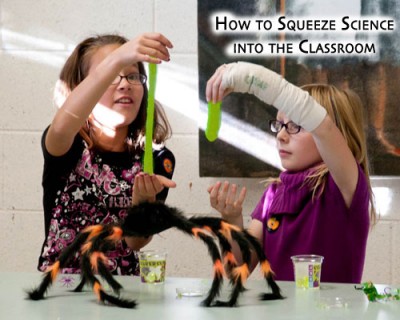
The Difference Between Good Teachers and Great Teachers
Good teachers hold a teaching degree and want to play a part in the education of children. They love their students and look forward to coming to work. They’ve laminated their lesson plans and reuse them every year with some fun activities. Good teachers show up right before the bell and leave right after and usually don’t attend conferences. They teach their students how to solve problems and memorize facts for the test.
Great teachers engage their students and encourage them to discover the answers on their own instead of force feeding the facts. They also have activities, but they tie them to real world connections and demonstrate the passion behind the why. They are always looking for the new ways to present ideas and excite their students. Great teachers know how to turn the lessons into unforgettable learning experiences that get home to the dinner table.
They instill a lifetime of memories in their students that always start with “I’ll never forget the day that…”
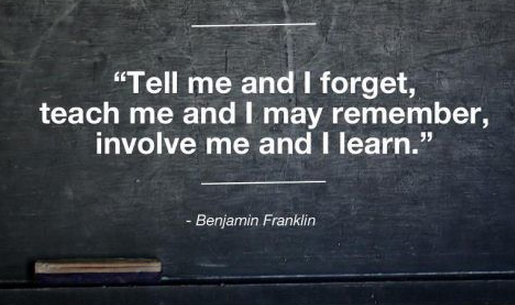
Common Core Subjects
Common Core does not address science and only contains standards for Reading, Writing and Math. Next Generation Science Standards are coming down the pike, but with such an emphasis on high-stakes testing on reading and math, even the great teachers run out of time to teach science.
At Steve Spangler Science, our busy season is usually April and May when testing is over and teachers are ready to teach science. Science is not an extra curricular activity. Science is found everywhere – in sports, in cooking, in the products we use, in technology and advancements and so much more. If we are not spending the time to educate our future scientists, our future is dim.
Today’s teachers must squeeze a lot from tiny budgets, to birthday cupcakes to science social studies and music. Funding shouldn’t go to a program, it should be put into our students. How do you fit it all into a six-hour day and still produce well-rounded, fully educated children ready to enter college and eventually the job market? Squeeze it.
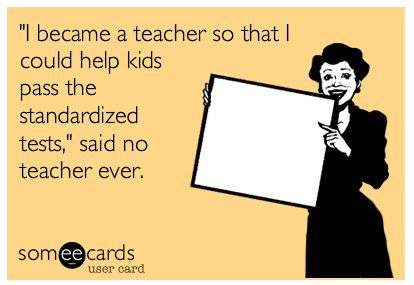
The secret to teaching is integration.
Pack a lot of information into a tiny space, a tiny budget and a tiny timeframe. Stop thinking of the school subjects as separate pieces…everything touches. Nothing is separate.
Sports coaches use math and analyzing skills, financial planners must read, and software developers must write. Scientists read, write and calculate in their labs. Just because you feel weak in a subject, doesn’t mean you can avoid it throughout your life and career.
Squeeze Science into the classroom.
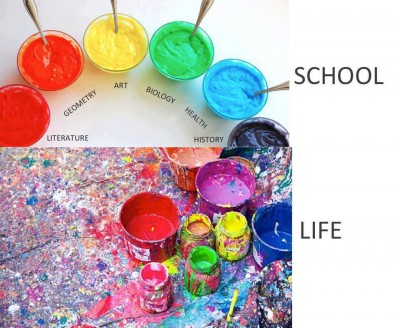
Lisa is a 2nd grade teacher in Denver, Colorado who knows how to integrate. She shared her five top tricks to squeeze science into her classroom using Steve Spangler Science materials.
1. Lisa did away with sharing treats on birthdays. Instead, her students get to be the lab assistant for the day and help her perform and science demonstration. The kids don’t miss the sugar and get really excited to be a mad scientist for a day.
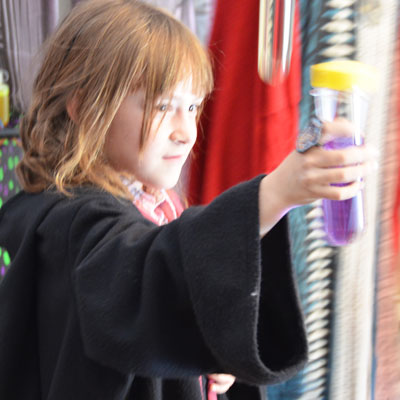
2. Lisa also integrates a lot of science into story time. She reads The Rainbow Fish by Marcus Pfister. After the class works on retelling the story while also determining the moral in the book. The class then uses UV Beads in place of the colorful Rainbow Fish scales to make their own bracelets. The beads can also be used for counting and sorting activities.
3. Axle Annie by Robin Pulver is another read aloud book she uses to teach vocabulary and plays-on-words. The students also compare and contrast how the two main characters respond to the main events in the story and determine the lesson. Then Lisa makes it snow indoors with Insta-Snow. The kids love it when she makes snow in their hands, a memorable experience.
4. About five days before Halloween, Lisa takes out her Mad Scientist Growing Body Parts Jar and fills it with water. The students take turns measuring the brain, ear, hand and nose to compare how much they’ve grown each day. She also fills a jar with salty water and asks the kids to make predictions about what will happen.
5. Lisa gives each student a Baby Soda Bottle Test Tube. They must conduct an inquiry-based activity to explore and hypothesize about the true use of the test tube. After they learn the real use, she then asks them to find a new and innovative use that solves a real world problem. She extends the activity by having the students create an advertisement or persuasive writing piece to sell the product.
Don’t forget that integration is key. Everything is connected. Include a quick science activity with your read aloud. Or make math connections within science experiments. Inspire your students and create unforgettable learning experiences in your classroom.
What are your tips for integrating more science, music, art, social studies or any of the forgotten subjects into your lesson plans?



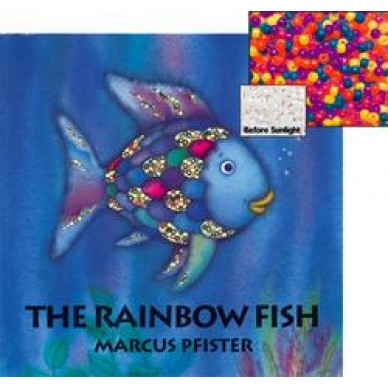
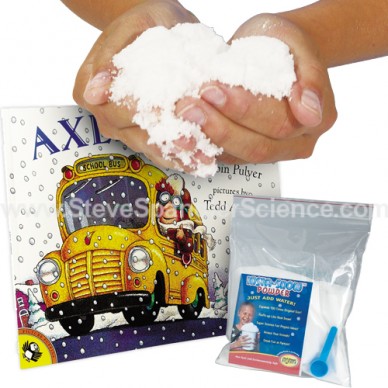
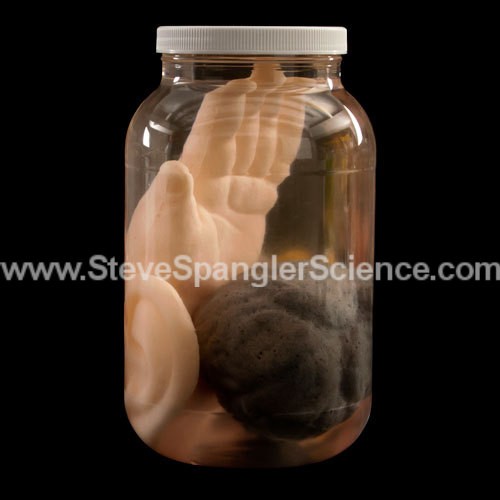
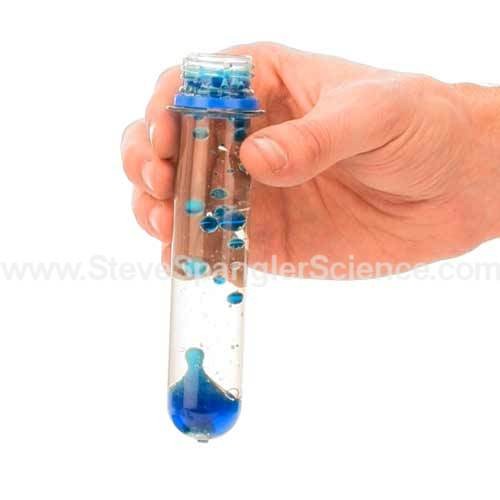

I love these ideas! Is there any way I can get more information-especially on the baby soda bottle test tube activities?
Hi Kelly – Here are 2 links for more on Baby Soda Bottle Activities https://www.stevespanglerscience.com/lab/experiments/baby-soda-bottle
and more ideas for Discovery Bottles http://www.stevespangler.com/experiment-of-the-week/discovery-baby-soda-bottles/
Raising caterpillars/butterflies or tadpoles/frogs can make kids excited to write about changes they see or questions about how the life cycle works.
Thank you for sharing Lisa’s integration ideas. If teachers use common sense with common core, they will find integration to be much easier!
Wish it was more affordable for me to use it in my classroom. ;0(